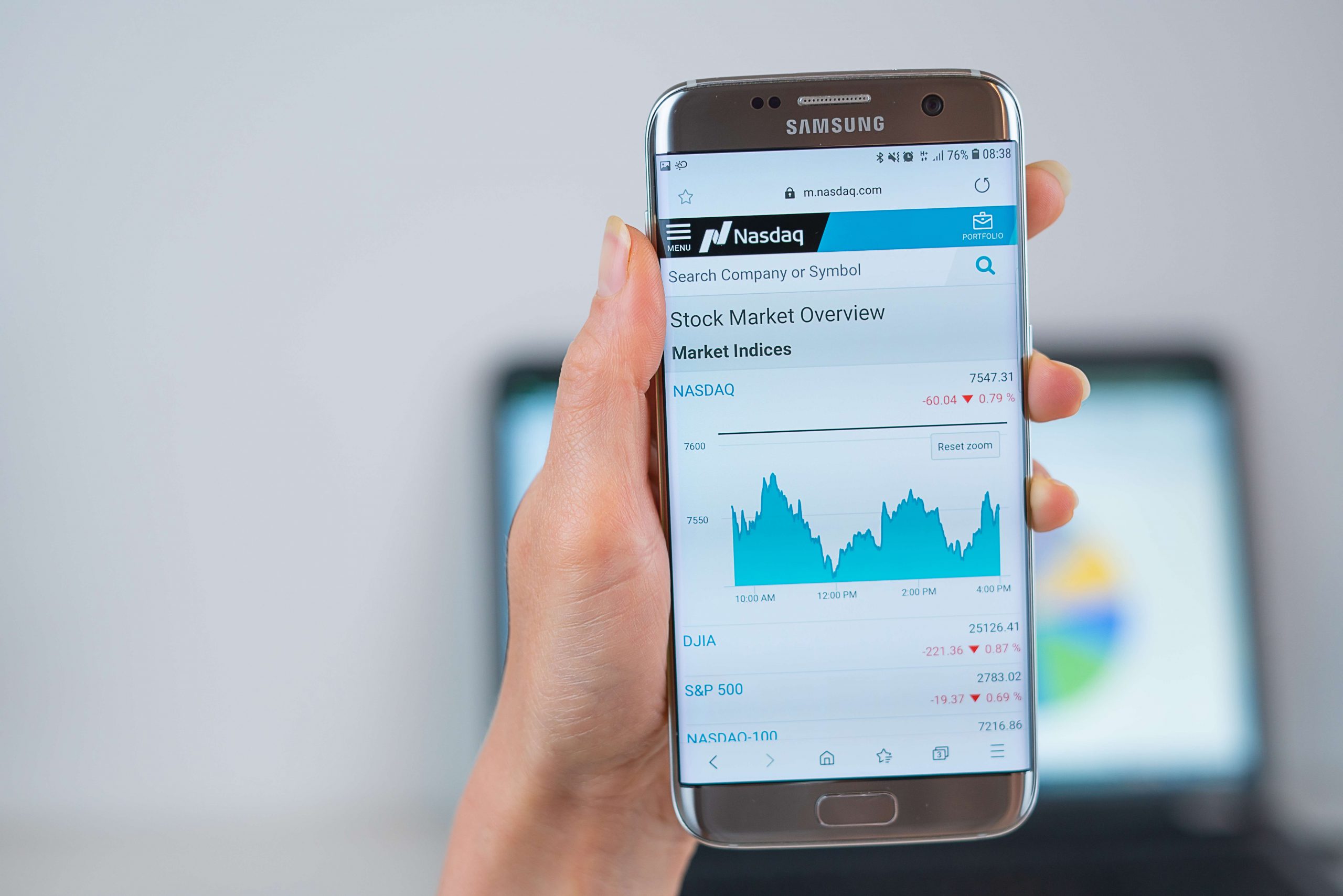How Generative AI is Transforming Healthcare
Retailers can use AI to create descriptions for their products, promotional content for social media, blog posts, and other content that improves SEO and drives customer engagement. Utilizing Generative AI, the fashion industry can save both precious time and resources by quickly transforming sketches into vibrant pictures. This technology allows designers and artists to experience their creations in real-time with minimal effort while also providing them more opportunity to experiment without hindrance. From creating innovative styles to refining and optimizing existing looks, the technology helps designers keep up with the latest trends while maintaining their creativity in the process. This can be done by a variety of techniques such as unique generative design or style transfer from other sources.
Personal content creation with generative AI has the potential to provide highly customized and relevant content. To get deeper into generative AI, you can take DeepLearning.AI’s Generative AI with Large Language Models course and learn the steps of an LLM-based generative AI lifecycle. This course is best if you already have some experience coding in Python and understand the basics of machine learning. Generative AI’s popularity is accompanied by concerns of ethics, misuse, and quality control. Because it is trained on existing sources, including those that are unverified on the internet, generative AI can provide misleading, inaccurate, and fake information.
Writing product descriptions
This technology is developing rapidly and has the potential to add text-to-video generation. Generative AI has taken hold rapidly in marketing and sales functions, in which text-based communications and personalization at scale are driving forces. Examples of foundation models include GPT-3 and Stable Yakov Livshits Diffusion, which allow users to leverage the power of language. For example, popular applications like ChatGPT, which draws from GPT-3, allow users to generate an essay based on a short text request. On the other hand, Stable Diffusion allows users to generate photorealistic images given a text input.
- We focused on real-world applications with examples but given how novel this technology is, some of these are potential use cases.
- The firm’s conclusion was that it would still need professional developers for the foreseeable future, but the increased productivity might necessitate fewer of them.
- This can be used to create immersive video game environments, movie special effects, or even personalized product images for e-commerce websites.
- These advancements have opened up new possibilities for using GenAI to solve complex problems, create art, and even assist in scientific research.
- All of us remember scenes from the movies when someone says “enhance, enhance” and magically zoom shows fragments of the image.
Generative AI has many use cases that can benefit the way we work, by speeding up the content creation process or reducing the effort put into crafting an initial outline for a survey or email. But generative AI also has limitations that may cause concern if they go unregulated. Clients receive 24/7 access to proven management and technology research, expert advice, benchmarks, diagnostics and more.
#30 AI apps for scalable content creation
Generative AI can be used to generate contracts based on pre-defined templates and criteria. This can save time and effort for procurement departments and help to ensure consistency and accuracy in contract language. AI can be used to generate onboarding materials for new employees, such as training videos, handbooks, and other documentation. HR departments often need to come up with a set of questions to ask job candidates during the interview process, and this can be a time-consuming task. AI can be used to generate interview questions that are relevant to the job position and that assess the candidate’s qualifications, skills, and experience.
The McKinsey Global Institute began analyzing the impact of technological automation of work activities and modeling scenarios of adoption in 2017. At that time, we estimated that workers spent half of their time on activities that had the potential to be automated by adapting technology that existed at that time, or what we call technical automation potential. We also modeled a range of potential scenarios for the pace at which these technologies could be adopted and affect work activities throughout the global economy. While generative AI is an exciting and rapidly advancing technology, the other applications of AI discussed in our previous report continue to account for the majority of the overall potential value of AI.
A sitemap is a code that lists all the pages and content of a website in a structured format. It is a type of XML file that helps search engines understand the structure and organization of a website. The sitemap code provides information about each page on a website, such as its URL, the date it was last modified, and its priority relative to other pages on the site. Understanding the search intent behind a query is crucial in creating content that accurately and effectively addresses the needs of the customers, which can lead to higher engagement and conversions. The utilization of generative AI in face identification and verification systems at airports can aid in passenger identification and authentication.
Yakov Livshits
Founder of the DevEducation project
A prolific businessman and investor, and the founder of several large companies in Israel, the USA and the UAE, Yakov’s corporation comprises over 2,000 employees all over the world. He graduated from the University of Oxford in the UK and Technion in Israel, before moving on to study complex systems science at NECSI in the USA. Yakov has a Masters in Software Development.
It automatically divides a recording into sections, generates titles, and adds personalized markers for better reference. These plugins are designed to expand the tool’s computation and coding capabilities while also giving the tool access to post-2021 information. GPT-4 is OpenAI’s latest iteration of its Large Language Model (LLM), developed following the success and widespread adoption of GPT-3 and GPT-3.5. Compared to previous iterations, GPT-4 is advertised as being more creative and accurate while also being safer and stabler. Still, AI innovations are generally accelerating, creating numerous use cases for generative AI in various industries, including the following five.
This can be used to create immersive video game environments, movie special effects, or even personalized product images for e-commerce websites. AIMultiple informs hundreds of thousands of businesses (as per similarWeb) including 60% of Fortune 500 every month. Cem’s work has been cited by leading global publications including Business Insider, Forbes, Washington Post, global firms like Deloitte, HPE, NGOs like World Economic Forum and supranational organizations like European Commission. Throughout his career, Cem served as a tech consultant, tech buyer and tech entrepreneur. He advised enterprises on their technology decisions at McKinsey & Company and Altman Solon for more than a decade.
You’re Out of Time to Wait and See on AI – Bain & Company
You’re Out of Time to Wait and See on AI.
Posted: Mon, 18 Sep 2023 12:34:05 GMT [source]
Teach your staff how to use this technology responsibly and effectively, and you’ll be surprised by how much generative AI is able to improve existing processes and work. Generative AI applications and tools can fulfill a variety of project requirements and tasks for both professional and personal use cases. And with so many tools currently available with free trials and limited versions, now is the time to test out these applications and determine if they can optimize your business operations.
This shift has facilitated enhanced project management, cost control, and accelerated construction timelines. Midjourney is an AI image generator that can create realistic images based on detailed text inputs. Manufacturers can utilize it to generate prototypes, quick mockups, Yakov Livshits and visualizations without the necessity of physical samples. Lalaland transforms product creation for the fashion industry by eliminating the need for physical samples. Users can effortlessly select a model/avatar, apply their design, and generate the final image.
#48 AI for marketing and content generation
Artificial intelligence is pretty much just what it sounds like—the practice of getting machines to mimic human intelligence to perform tasks. You’ve probably interacted with AI even if you don’t realize it—voice assistants like Siri and Alexa are founded on AI technology, as are customer service chatbots that pop up to help you navigate websites. Through the integration of advanced technologies such as modeling, drones, and prefabrication methods, the industry has transitioned from traditional manual processes to a more efficient and digitally-driven approach.
Here, users can enter a textual prompt describing what type of image they want, and the AI tool will process the input to generate realistic images. When using such generative AI applications, users can specify subjects, styles, settings, locations, or objects to generate the exact images as per their requirements. Generative AI applications and tools are solutions for generating original content based on training from massive AI models. The largest technology companies in the world and nascent AI startups alike are releasing new generative AI solutions. These new generative AI releases debut on what feels like a minute-by-minute basis, making it difficult to keep up with this emerging technology. The next generation of text-based machine learning models rely on what’s known as self-supervised learning.
The accuracy of fake detection is very high with more than 90% for the best algorithms. But still, even the missed 10% means millions of fake contents being generated and published that affect real people. In the future, generative AI could support real-time patient monitoring, along with data analysis to generate personalized insights that encourage healthy behaviors or lead to timely interventions before medical conditions worsen. Generative AI could also make imaging solutions more accurate and transferable across different practice areas.










